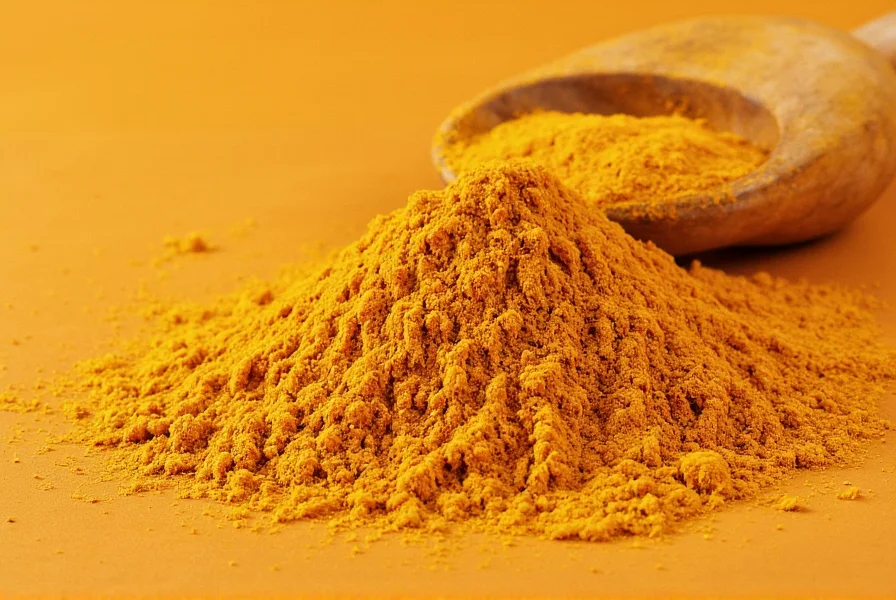When exploring turmeric's potential health benefits, understanding bioavailability is crucial. Turmeric contains curcuminoids, with curcumin being the most studied compound. However, curcumin faces significant metabolic challenges that limit its effectiveness in standard forms. This article examines the scientific basis behind enhanced turmeric formulations and what \"dynamic\" actually means in this context.
The Bioavailability Challenge of Standard Turmeric
Curcumin, turmeric's primary active compound, demonstrates promising anti-inflammatory and antioxidant properties in laboratory studies. Yet human trials often show limited effects due to poor bioavailability. The human body rapidly metabolizes and eliminates curcumin through several mechanisms:
- Low solubility in water limits intestinal absorption
- Rapid metabolism in the liver and intestinal wall
- Quick systemic elimination (half-life of 1-2 hours)
- Chemical instability at neutral-to-basic pH levels
These factors combine to create what researchers call turmeric's \"Achilles heel\": excellent potential in vitro but limited effectiveness in vivo without enhancement strategies. Understanding these metabolic pathways is essential when evaluating claims about \"dynamic turmeric\" products.
Scientific Approaches to Enhanced Turmeric Formulations
Researchers have developed several evidence-based methods to improve curcumin bioavailability. These approaches address specific metabolic limitations rather than creating a fundamentally different substance. The most scientifically supported enhancement strategies include:
| Enhancement Method | Mechanism of Action | Reported Bioavailability Increase | Research Status |
|---|---|---|---|
| Piperine combination | Inhibits glucuronidation in liver and intestine | Up to 2,000% | Multiple human studies |
| Lipid-based delivery | Improves solubility and lymphatic absorption | 500-700% | Several clinical trials |
| Nanoparticle formulations | Increases surface area and cellular uptake | Up to 1,000% | Emerging research |
| Phospholipid complexes | Enhances membrane permeability | 29-fold increase | Published human data |
Evaluating \"Dynamic Turmeric\" Marketing Claims
The supplement industry frequently uses terms like \"dynamic,\" \"activated,\" or \"enhanced\" to describe turmeric products with improved bioavailability. While some formulations have scientific backing, consumers should understand these key distinctions:
True bioavailability enhancement requires specific technological approaches with published research. Simply labeling a product \"dynamic turmeric\" without disclosing the enhancement method provides little meaningful information. Reputable manufacturers will specify exactly how they've improved absorption—whether through piperine addition, lipid encapsulation, or other scientifically validated methods.
Research published in Food and Chemical Toxicology confirms that certain formulations significantly increase curcumin blood levels. However, the same study notes that not all enhanced products deliver equal results—the specific technology matters more than marketing terminology.
Practical Considerations for Turmeric Consumption
Whether using standard or enhanced turmeric products, several evidence-based strategies can maximize potential benefits:
- Combine with healthy fats: Curcumin is fat-soluble, so consuming turmeric with avocado, olive oil, or other healthy fats improves absorption by up to 700%.
- Add black pepper: Just 20mg of piperine (from black pepper) can increase curcumin bioavailability by 2,000% according to research in Planta Medica.
- Consider timing: Taking turmeric with meals containing fats enhances absorption compared to empty stomach consumption.
- Look for third-party verification: Reputable enhanced turmeric products should provide clinical evidence supporting their bioavailability claims.
Current Research Limitations and Future Directions
While enhanced turmeric formulations show promise, important research gaps remain. Most bioavailability studies measure blood levels of curcumin rather than clinical outcomes. Higher blood concentrations don't automatically translate to greater health benefits—a distinction often overlooked in marketing materials.
Researchers at the Linus Pauling Institute note that long-term studies comparing standard and enhanced turmeric formulations for specific health conditions are still limited. The scientific community continues investigating whether increased bioavailability consistently produces meaningful clinical improvements across different health applications.
Making Informed Choices About Turmeric Products
When evaluating turmeric supplements marketed as \"dynamic\" or \"enhanced\":
- Look for specific information about the enhancement technology used
- Check for published research supporting the claimed bioavailability increase
- Verify if the research was conducted in humans, not just test tubes
- Consider cost-effectiveness—some enhanced formulations cost significantly more with marginal benefits
- Consult healthcare providers about appropriate usage for specific health concerns
The most effective approach often combines quality turmeric with simple dietary strategies rather than relying solely on expensive enhanced formulations. For general wellness, incorporating culinary turmeric with black pepper and healthy fats into regular meals provides substantial benefits at minimal cost.











 浙公网安备
33010002000092号
浙公网安备
33010002000092号 浙B2-20120091-4
浙B2-20120091-4